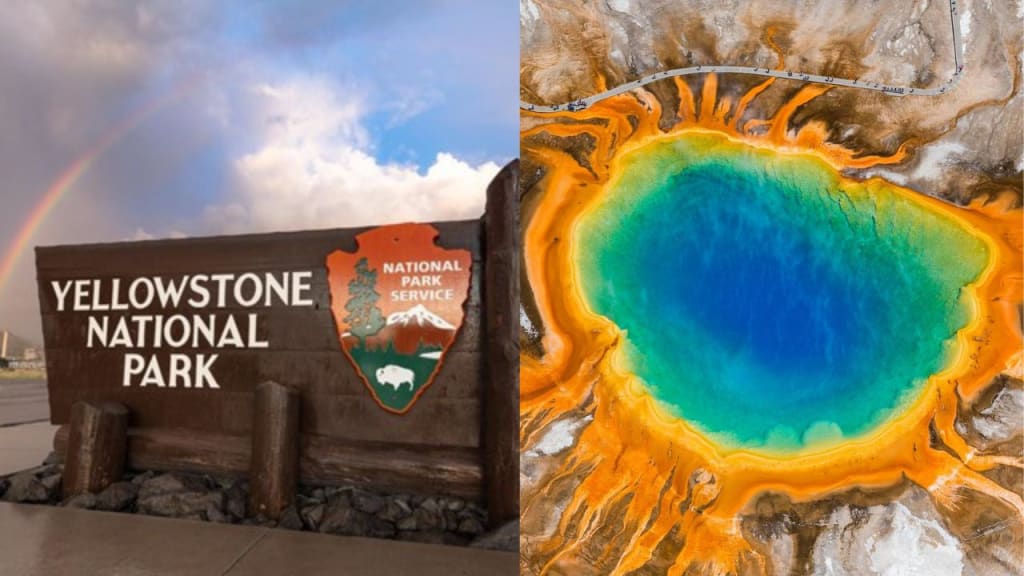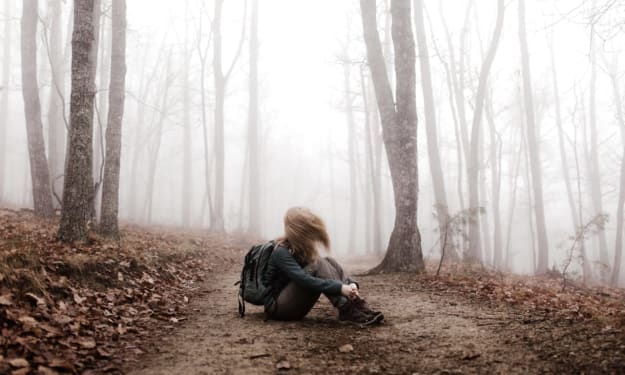The Ground Over Yellowstone Is Rising – Is It Going to Erupt?
Unveiling the Mysteries of Yellowstone's Volcanic Activity

Yellowstone National Park sits on top of a massive super volcano, leading to powerful geysers and hot springs. Researchers discovered in 2015 that the magma chamber underneath Yellowstone is much larger than previously thought. There are two reservoirs of magma that could fill the Grand Canyon 11 times. The chambers push against the ground, causing Yellowstone to rise 1 to 2 inches each year. Yellowstone is an active volcano with a volcanic explosivity index of 8 out of 8, indicating a potential apocalyptic event if it erupts. In March 2023, 354 earthquakes were recorded in the region, with the largest being a magnitude 3.7.
A swarm of 106 earthquakes occurred at Yellowstone from March 29th to the end of the month. Experts say the seismic activity is more active than usual but not a serious concern. Geophysicist Michael Poland of Yellowstone Volcano Observatory states the volcano won't erupt soon. They are monitoring underground activity for warning signs of eruptions. Changes in earthquake frequency, ground deformation, and thermal features are being tracked. Despite media claims, experts say Yellowstone doesn't follow timelines for eruptions. The most concerning outcome of a super eruption would be ash and ashfall, not lava flows or earthquakes.
The Yellowstone volcano has had at least three super eruptions in its history. The most powerful eruption was 2500 times more devastating than Mount St Helens in 1980. The most recent super eruption formed the Yellowstone caldera. Scientists recently discovered two other super eruptions that occurred around 9 and 8.7 million years ago.
The younger of the two eruptions is now considered the largest ever recorded in the entire Snake River Yellowstone volcanic region. But let's take a moment to imagine what was happening millions of years ago because none of us were around to witness it. We piece together these events based on the evidence left behind. Signs of trouble started long before disaster struck. For millennia, heat had been building up deep within the Earth, melting rock beneath the planet's surface and creating large chambers filled with a mix of semi-solid rock, magma, water vapor, and various gas, including carbon dioxide. This intense underground mixture expanded as more magma continued to flow in over time. The ground above the volcanic system slowly rose, almost imperceptibly. A year before the super eruption, Yellowstone gave a warning, perhaps a small burp, but at that time, no one could interpret such signals. Most of these alarming processes were unfolding quietly underground. For instance, decompression released gas bubbles, whose bursts often triggered specific types of eruptions. In the months leading up to the eruption, small earthquakes became more frequent and stronger. Many areas across the super volcano became noticeably hotter, including surface lakes and groundwater.
If people had been around back then, they would have noticed unusual steam rising in the area shortly before the eruption began. The increasing pressure pushed the ground above the magma chamber upward, forming a dome-shaped bulge. Narrow cracks started appearing along the edges of this dome. It was similar to opening a shaken soda bottle—pressure was building, and just like Mentos in soda, gas were bursting out from beneath the surface. In the lead-up to the disaster, the ground around Yellowstone's volcano lifted, geothermal pools and geysers heated up to boiling temperatures, and their acidity spiked. Magma began its ascent toward the surface, and eventually, the rock roof of the magma chamber couldn't hold any longer, days before the catastrophe, small but steady tremors unsettled the ground. The real shaking, however, didn't begin until mere minutes before the eruption. With a thunderous roar, a massive column of lava and ash shot high into the sky. Within moments, a pyroclastic flow raced across the landscape at speeds comparable to a hurricane, carrying a scorching mix of solid lava fragments, volcanic ash, and hot gas, the scene resembled an extremely hot and toxic avalanche, burning everything in its path with temperatures reaching about 1300 degrees Celsius. The volcano continued to spew ash relentlessly for days. For all living creatures, the fallout of volcanic ash was one of the most perilous outcomes of the eruption, quickly solidifying into glassy cement upon inhalation.
Most animals didn't stand a chance; even sturdy trees buckled under the weight of the thick ash. In just a couple of days, vast areas were blanketed by layers of ash. As the ash rose into the stratosphere, temperatures worldwide began to drop sharply. The eruption was rich in sulfur, which acted like a powerful sun blocker, leading to a global cooling so severe that summers disappeared for several years. Animals struggled to find food and clean water in the aftermath, the Grizzly Landing super eruption, as researchers now describe it, was truly colossal. Lava flows covered an area as large as New Jersey with scorching volcanic glass, instantly sterilizing the land and wiping out thriving plant life. Today, such an eruption would bury Colorado, Utah, and Wyoming under nearly three feet of toxic ash. Darkness would engulf many regions, even coastal areas where most Americans live. Crops would fail, pastures would be contaminated, and vital infrastructure like power lines and transformers would be destroyed. Thankfully, experts assure us that such a catastrophic event is not expected to happen anytime soon.
About the Creator
Ayanronbi Faith
Creative writer from a far away land who loves fiction, mystery, satisfying curiosity, facts, news and poetry. Take a chance, you'll be thoroughly entertained and amazed.
Enjoyed the story? Support the Creator.
Subscribe for free to receive all their stories in your feed. You could also pledge your support or give them a one-off tip, letting them know you appreciate their work.






Comments
There are no comments for this story
Be the first to respond and start the conversation.